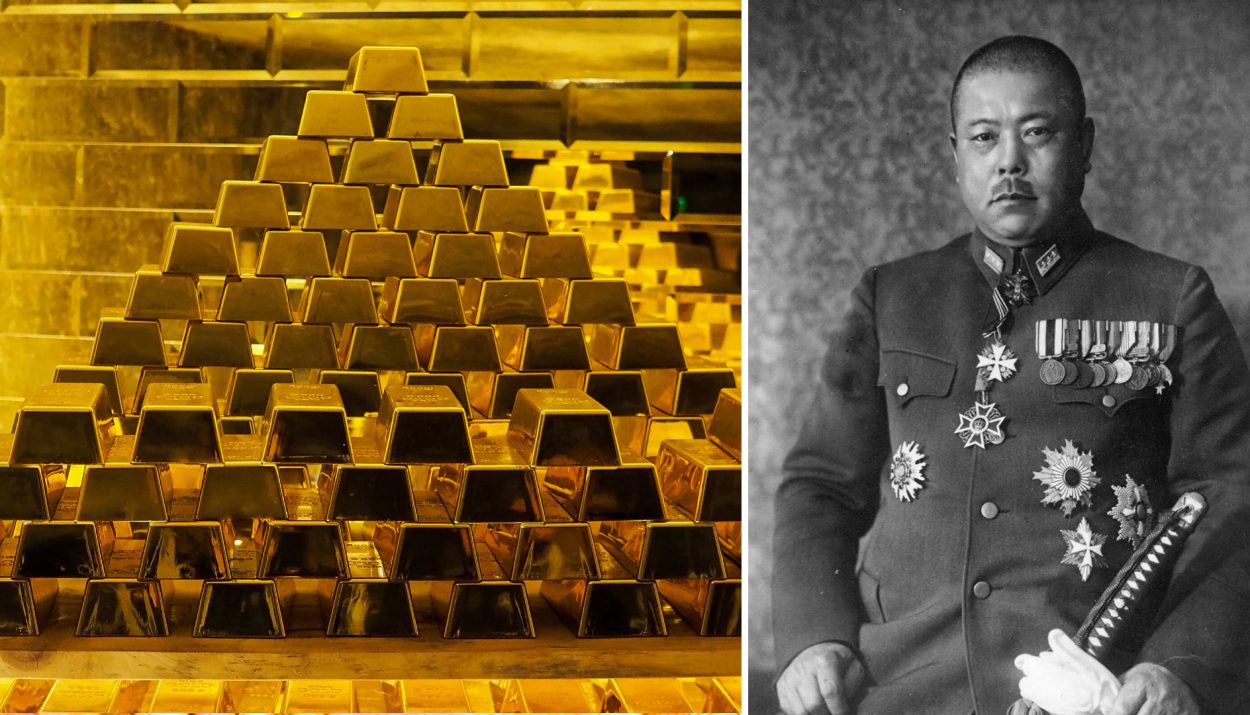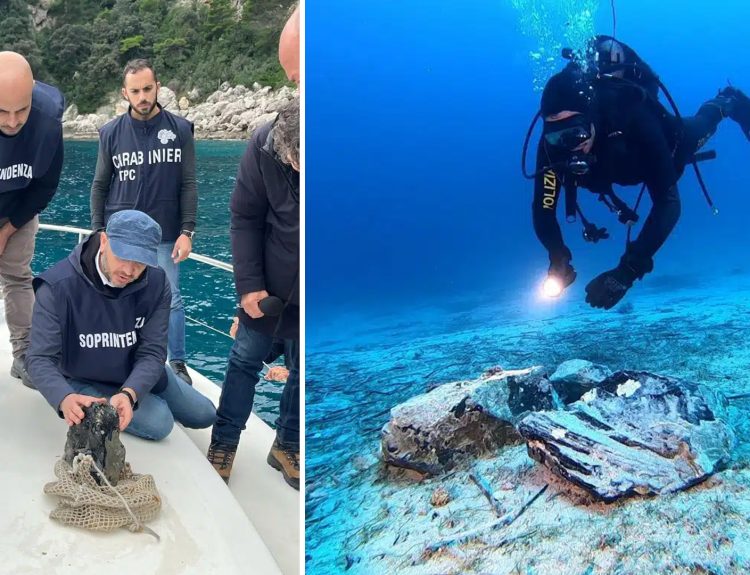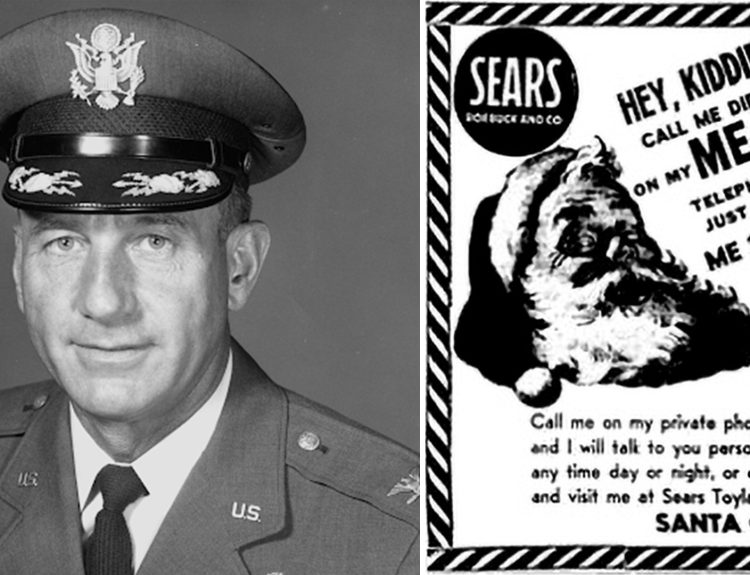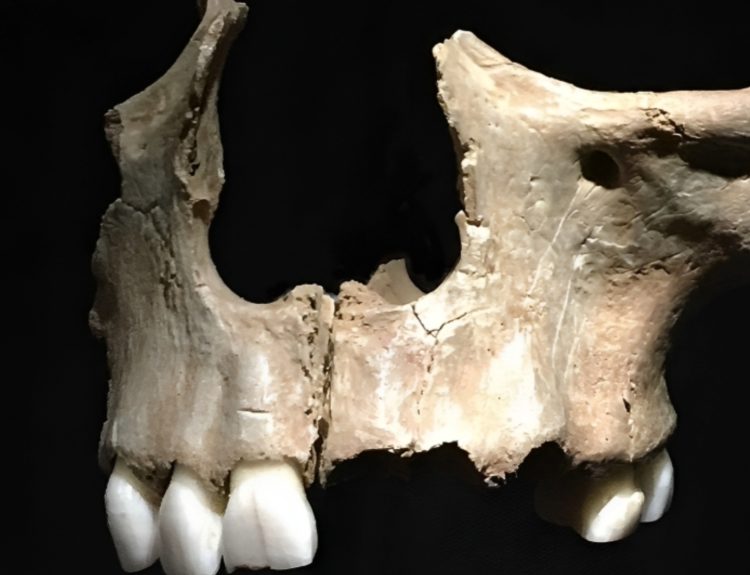Everyone loves a good treasure-hunt story. That’s what makes adventure films like The Goonies, Tomb Raiders, and all the Indiana Jones movies so appealing. When those treasures are protected by a series of booby-traps, it adds a whole new puzzle-solving twist.
While there are many more hidden, booby-trapped treasures in Hollywood movie studio vaults than there are in reality, treasure-seekers will be thrilled to know that there are some ingenious tombs and treasures hidden in locations around the world that we can’t get to because of … you got it … booby-traps. Here are a few.
Yamashita’s Gold
In the closing days of World War II’s Pacific offensive, Japan’s Emperor Hirohito tasked his most trusted general, Yamashita Tomoyuki, with hiding the vast trove of gold, jewels, and other priceless treasures the Japanese Army stole from nations and individuals throughout the war.
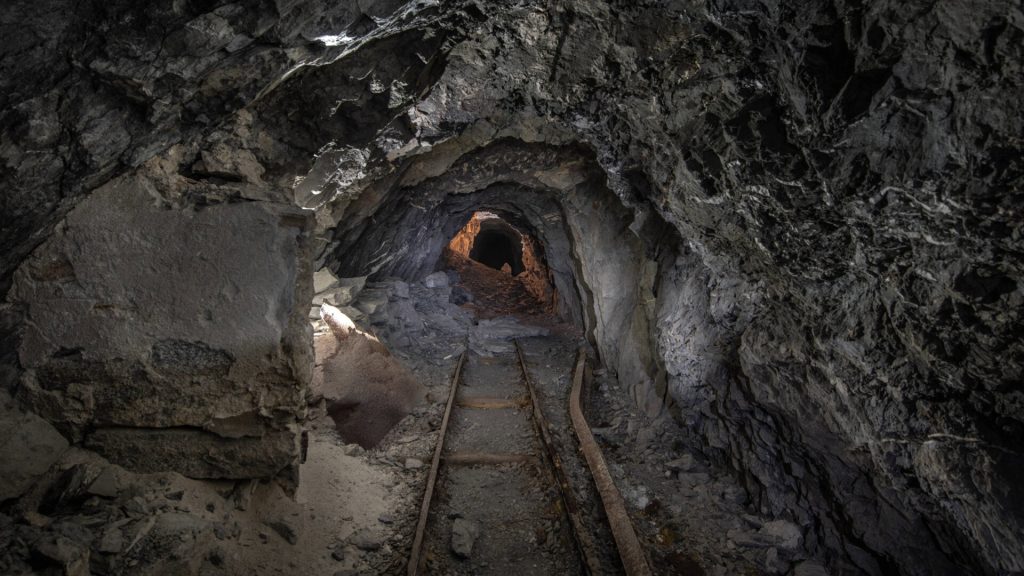
According to legend, Yamashita had his men hide the treasure in the Philippines. Depending on which version of the story you hear, Yamashita’s gold may be in a secret underground bunker or tunnel complex, protected by poisonous gas, trip mines, precariously perched boulders, and explosives. There are some claims that Yamashita’s gold was the source of Ferdinand Marcos, the former dictator of the Philippines, wealth, but others think the treasure is waiting to be discovered.
Amenhotep III’s Tomb
The tomb of Egypt’s Pharaoh Amenhotep III, who lived from 1391 to 1354 BC, was discovered in the Valley of the Kings near Luxor, Egypt, in the late 1700s, but it wasn’t fully excavated until 1915. That’s when famed archaeologist Howard Carter – the same man who found King Tutankhamun’s tomb several years later – found the booby-traps protecting the tomb.
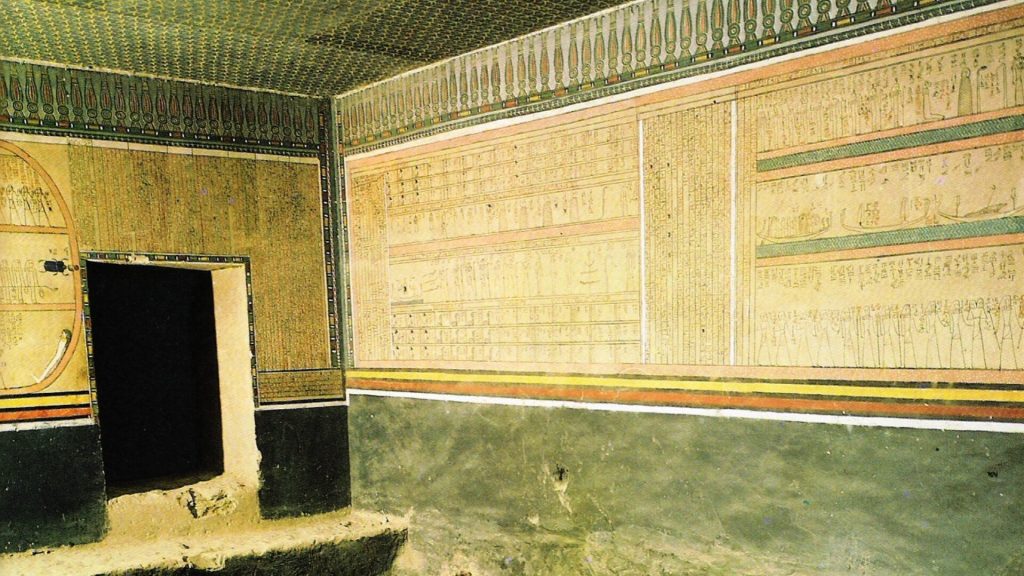
Amenhotep III’s tomb was constructed with a false floor. If a tomb robber stepped on the floor, it would crumble and send the interloper plummeting to his death in a deep, spike-filled pit. Carter discovered that one chamber contained gold artifacts – probably enough to satisfy a tomb robber – but this was a red herring. The real treasure was hidden behind a secret wall beyond the booby-trapped floor.
The Red Queen of Palenque
Like the Egyptians, the ancient Mayans took steps to protect the tombs of their loved ones from grave robbers. Two members of the royal elite, the Red Queen of Palenque and Lord Pacal, were interned in the 600s AD in two different locations. The Red Queen was buried at Palenque’s Temple XIII while Lord Pacal’s grave was in the Temple of the Inscriptions.
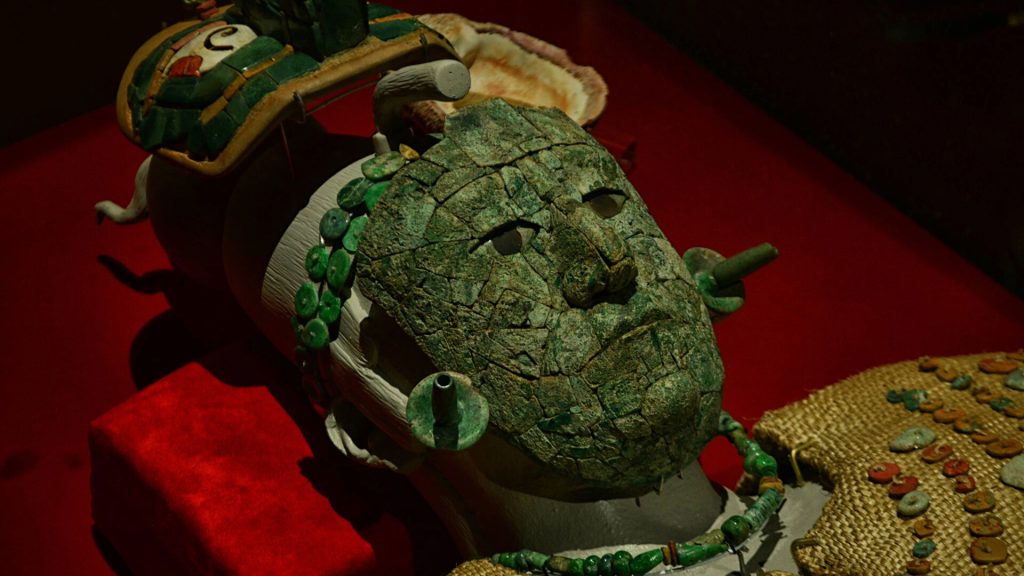
Both tombs are similar in that they were deliberately hidden and protected by booby-traps. The stairs leading to the tombs were back filled with dirt and stones. Inside the tombs, there were false floors and hidden chambers. But there was another deadly booby trap. Both sarcophagi and the treasure buried with the deceased were covered in red cinnabar. This neurotoxin turned the tomb and the priceless artifacts into a deadly poison.
The Baphuon Temple
In the mid-1000s, the Baphuon Temple was constructed at Angkor, Cambodia, as a center for worshiping the Hindu god, Shiva. The 165-foot-tall, three-layered temple had a bronze altar-like structure at its peak. What people in the area didn’t realize was that the temple was booby-trapped.
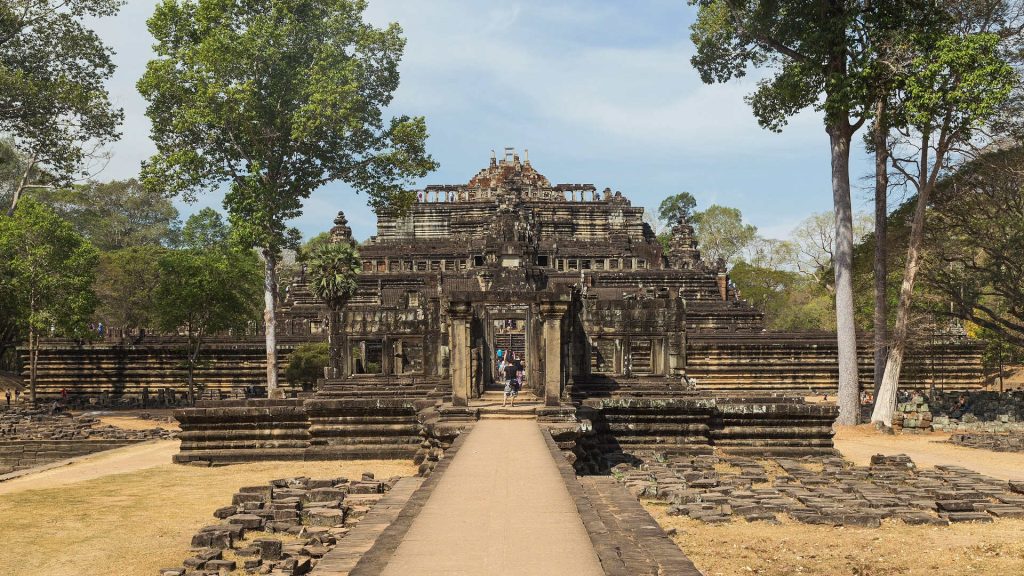
In the mid-1450s, a large statue of Buddha was added to the Baphuon Temple. During the renovation process, the workers attempted to remove a few benign stones from a wall. But those stones were holding back an unknown wall of sand that poured down and buried the newly installed statue. For a time, the temple was abandoned until someone finally decided to clean up the mess in the 1960s.
Khufu’s Tomb
Archaeologists have long believed that the Great Pyramid was the burial site of the Pharaoh Khufu who died around the year 2584 BC. Khufu’s remains, however, were not found in the King’s Chamber where you’d expect it to be. It could be that the corpse was stolen by tomb raiders.

Archaeologists point to peculiar grooves on the walls near the King’s Chamber. They theorize that the Great Pyramid was once booby-trapped. The grooves, they say, guided large slabs of rock that slammed down on tomb robbers, not unlike the booby-traps in Hollywood movies. If this was the case, the rock slabs are missing. But then again, so is Khufu.
Emperor Qin Shi Huang’s Tomb
The first emperor of China, Emperor Qin Shi Huang, took extraordinary steps to protect his tomb. First, he surrounded his tomb with more than 8,000 faux soldiers fashioned out of clay – the famous Terracotta Warriors. Next, he had a collection of mounted crossbows poised to launch deadly arrows at would-be grave robbers.
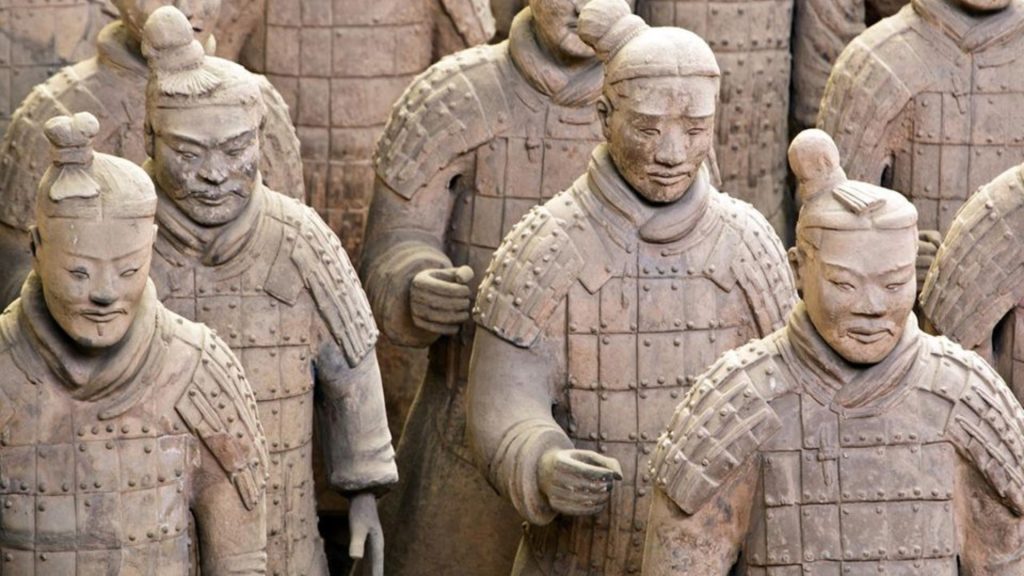
It is the final booby-trap, however, has proven to be the most daunting. The emperor’s tomb is submerged in a lake of lethal mercury. Exposure to mercury – a liquid metal – damages a person’s central nervous system and internal organs. It is too hazardous to get too close to the mercury.
Oak Island
In 1795, a few friends found a circular depression in the ground beneath a large oak tree on an uninhabited island in Canada’s Nova Scotia called Oak Island. They started digging and found that a strange shaft had been dug in the ground. Every ten feet, they find a wooden platform. The boys are certain they are close to finding a vast treasure, but they didn’t count on a booby-trap.

The shaft suddenly filled with water – salt water – allegedly from booby-trapped flood tunnels that had been ingeniously added to the shaft to prevent the treasure – whatever it may be – from being taken from Oak Island. Treasure hunters have tried to thwart the flood waters for more than two centuries, but so far, the treasure remains elusive.

